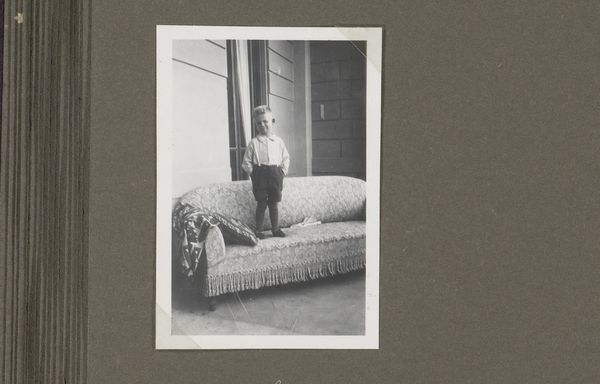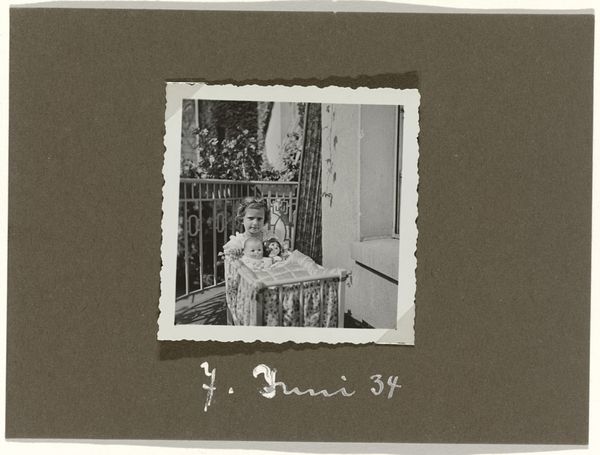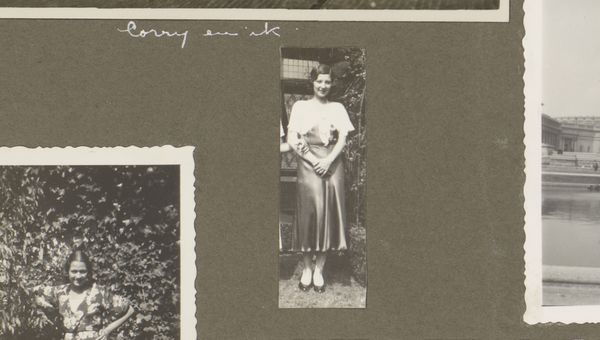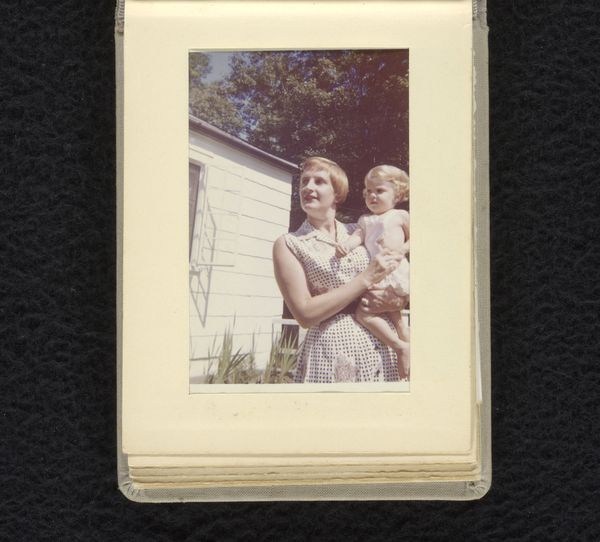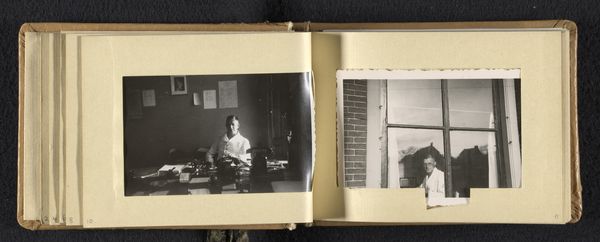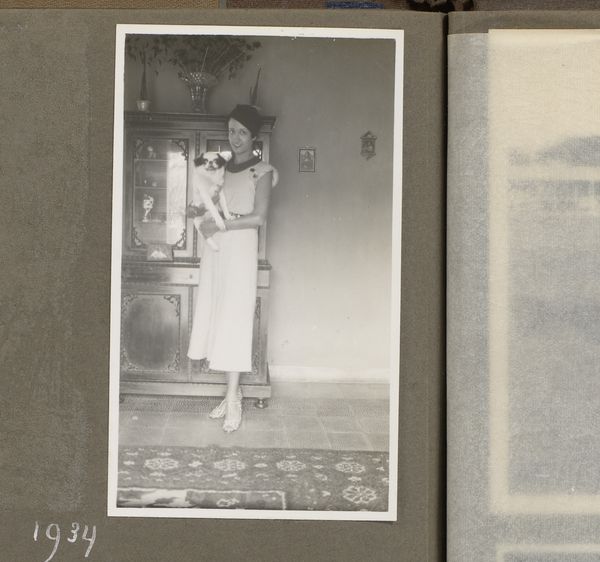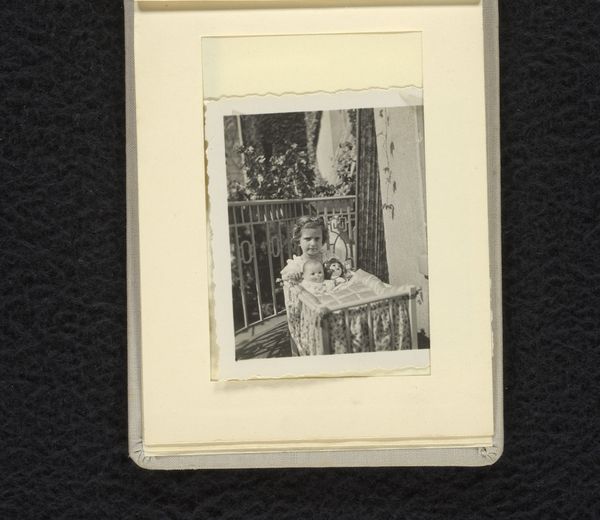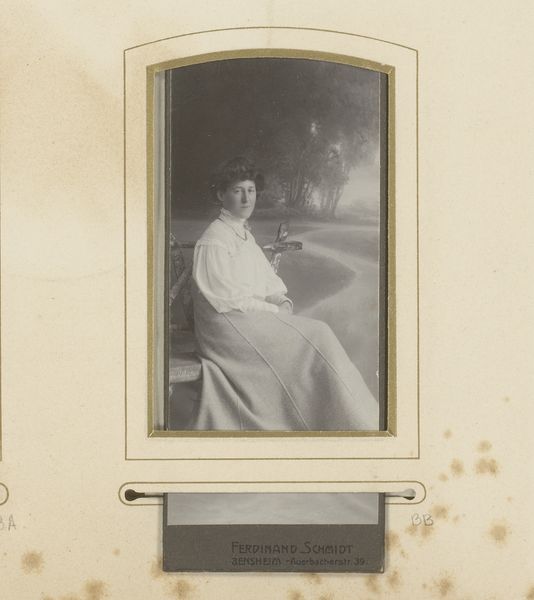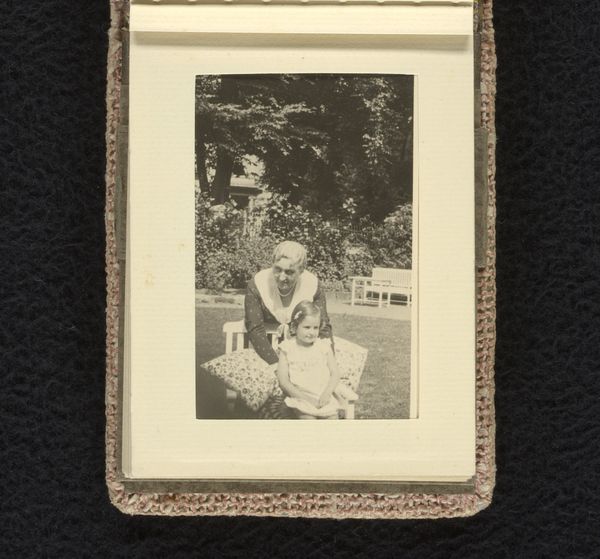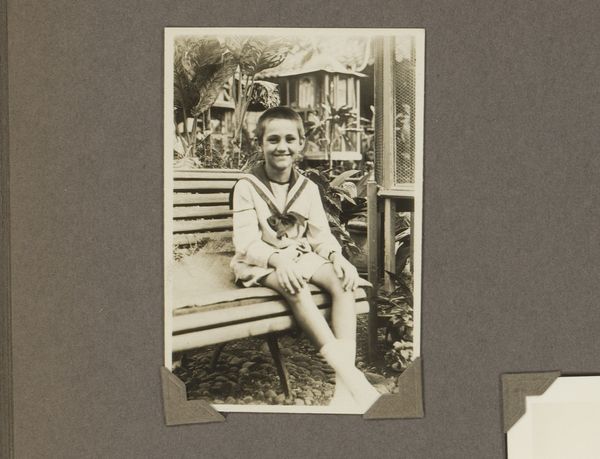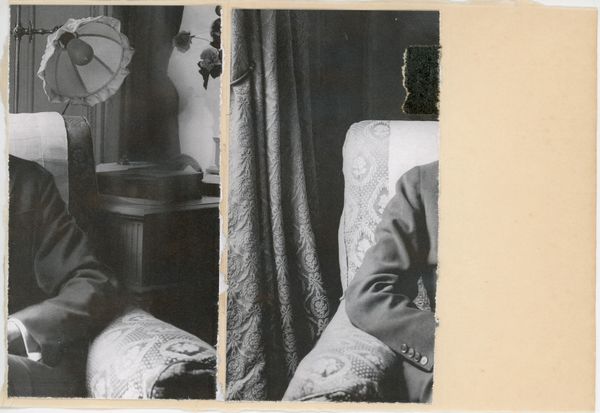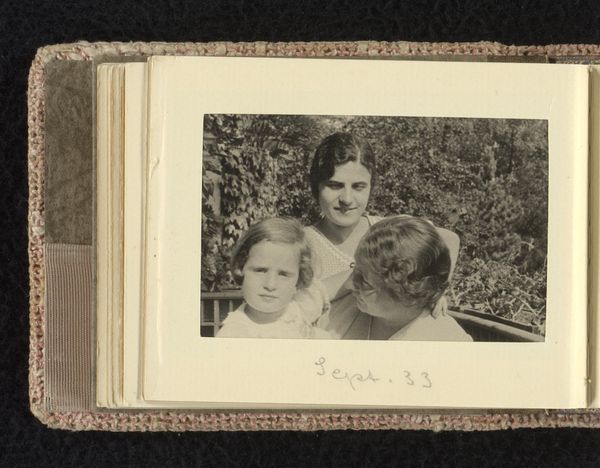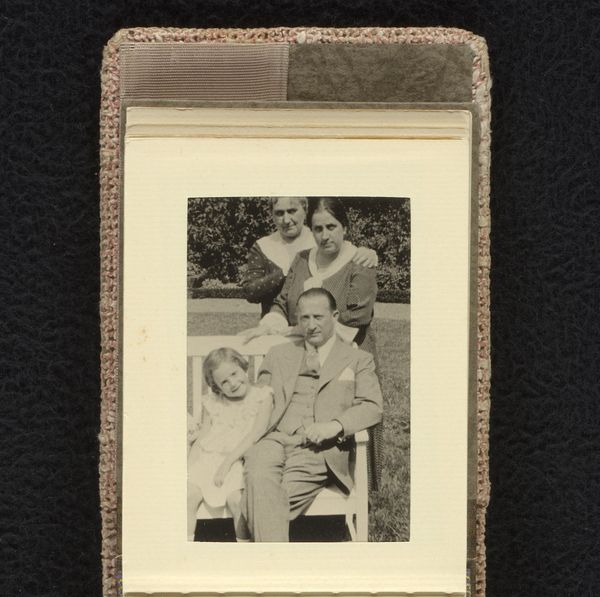
photography
portrait
contemporary
photography
coloured pencil
genre-painting
Dimensions: height 240 mm, width 190 mm
Copyright: Rijks Museum: Open Domain
Editor: Here we have a photograph from sometime between 1971 and 1977, titled "Willem van den Berg voor zijn woonhuis in Shewasaulu," depicting the artist himself in front of his house. The colours feel so evocative of the period! How would you interpret this photograph? Curator: To me, this image is fascinating when viewed through the lens of its production and consumption. We have this very domestic, seemingly simple portrait, but its existence hinges on complex material processes. Think about the film stock, the camera used, and even the printing techniques. Where did those materials originate, and who profited from their distribution and sale? Editor: That’s interesting. I hadn't considered that. I was focusing more on the person in the photo. Curator: Precisely, and who would consume such a product, to whom did Van den Berg consider exhibiting or donating such personal affects? Was it destined for family and friends to reinforce sentimental ideas of what art could or should be for? What is the cultural capital embedded in these images by the person who has painstakingly collated and protected it? What labor was required to extract the minerals to produce it? The work, through this perspective, is not the sole accomplishment of the person depicted or even the photographer, it represents a wide network of connections of global capitalism. Editor: So, you're saying we should look at photography itself as a product with a complex history? Curator: Exactly. It prompts us to ask broader questions about art and its place within systems of labor, consumption, and cultural values. What constitutes artistic value if so much labour and resources are embedded in it's creation and subsequent valuation? Editor: I never thought of photography this way, it's fascinating to think of all these steps involved in even a seemingly simple portrait like this. Curator: Absolutely. Analyzing this work via these social material relations gives a better insight into art production than simply asking aesthetic ones.
Comments
No comments
Be the first to comment and join the conversation on the ultimate creative platform.
